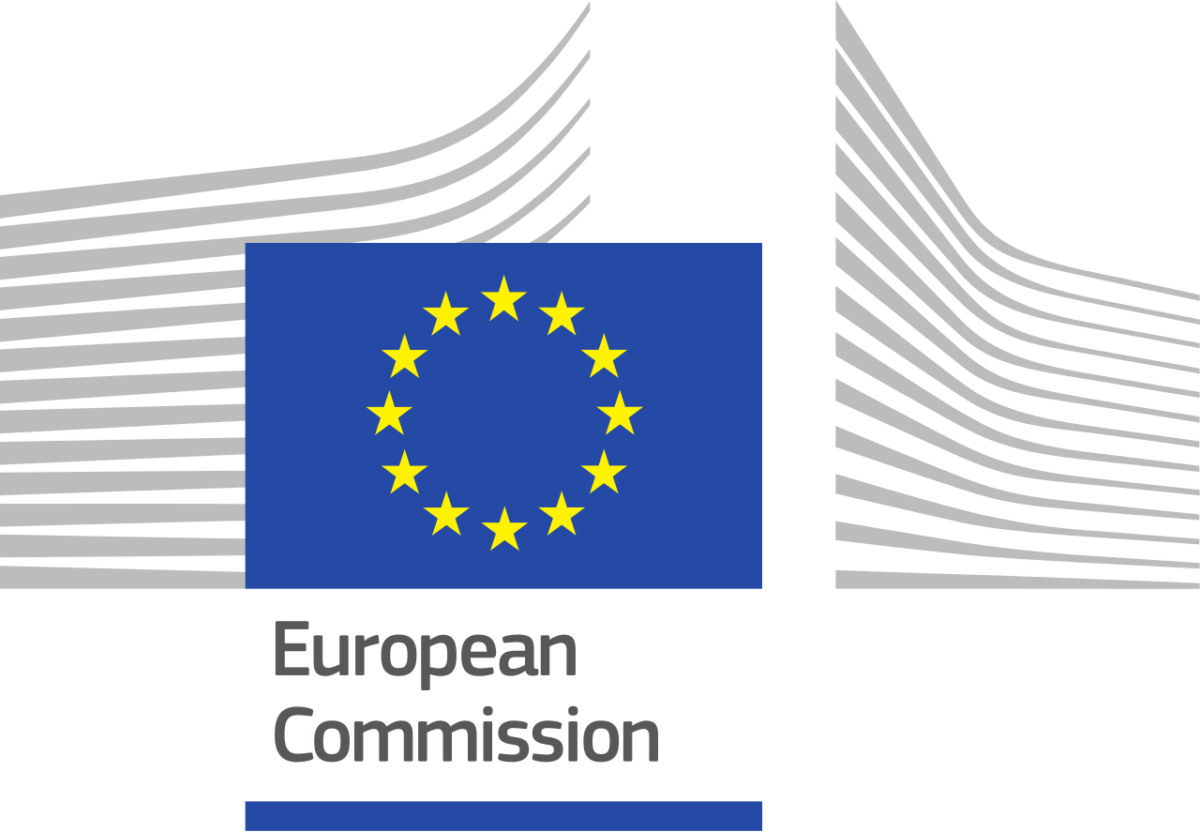The European Union is implementing a Digital Single Market Strategy to take away barriers for businesses to use and benefit from information. The Data Protection Reform will provide businesses with numerous benefits and opportunities. Firstly, data protection rules will be the same across Europe. Secondly, businesses can benefit from the new right to move their personal data from one service to another. And lastly, smaller businesses will benefit from a simplification of the regulatory environment.
Unification of data protection rules in Europe removes a barrier for businesses to use and benefit from (personal) data. Before the reform, different rules were applicable across Europe. Because there are no real borders when using the internet, businesses had to deal with all these different set of rules. After the reform, an EU business can expand across Europe, without having to change the way they handle personal data. This removes a (legal) obstacle for businesses to use information internationally. For non-EU businesses it will become easier to engage in trade with EU businesses or citizens and to use the information they gather from EU citizens. They are no longer required to comply with 28 different sets of rules for each European country but only need to comply with the unified EU rules. The reform will bring businesses benefits of an estimated €2.3 billion per year.
Businesses can also benefit from the right of EU citizens to move their personal data from one service provider to another. This enables the citizen to switch more easily between services and give starting businesses the opportunity to compete with established, bigger companies. There can be quite the barrier preventing users of services, like Facebook, to switch to another social media platform because it would require the user to start over with personalizing the service. That is why new companies face a barrier. This barrier can be lifted by this new right.
Because of the unification of rules, they can be quite complicated. It would be unfair to small businesses if they had to match all the rules bigger business face. That is why small companies face a smaller administrative burden. They do not have to appoint a Data Protection Officer, it is less likely that they will face the obligation to carry out Data Protection Impact Assessments and are exempt from the duty to put together documentation on their data processing activities.
Sources:
http://ec.europa.eu/justice/data-protection/reform/index_en.htm



